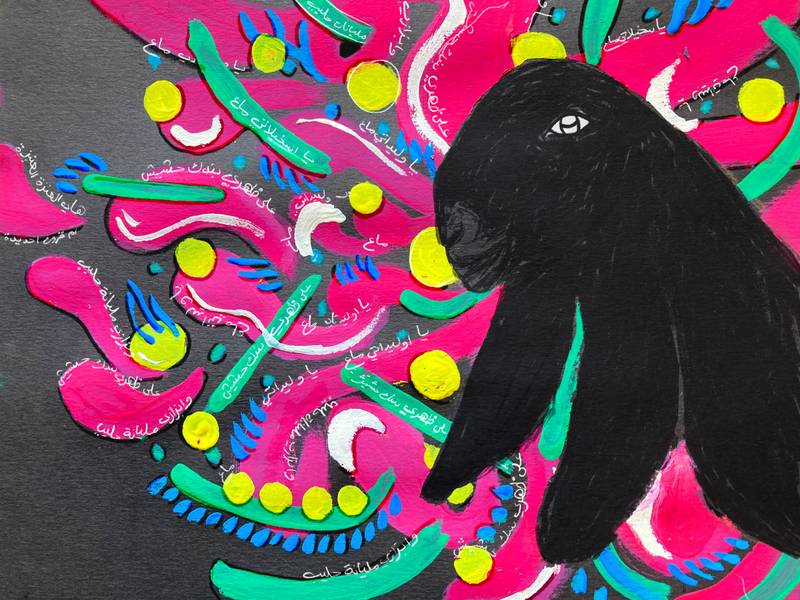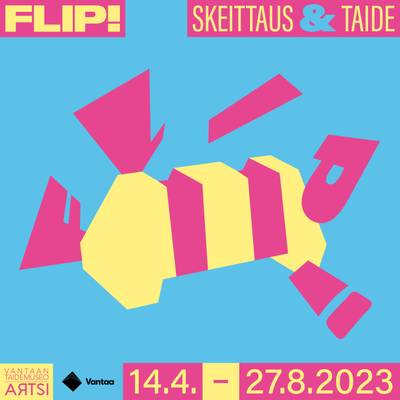

One could think of FLIP!, with high respect to popular culture, as more strictly a popular culture exhibition, meant for hanging out and digging – not to support the dichotomy of art vs. popular culture but to accentuate meaningful differences in interpretation, experience, and atmosphere. If so, why not make this more into popular culture? Go for the ‘cool’, or build an ‘awesome’ experience? Could this be Artsi’s path in the future?
READMany Moves but No Broken Bones: A Review of ‘Flip! Skate & Art’
FLIP! Skate & Art at the Vantaa Art Museum Artsi presents the work of artists who have produced art about skateboarding and/or learned from it artistically. Although lacking the ability to go beyond aesthetic impressions and bring out edge, depth, and paths for new thinking, the exhibition contains some great artworks and builds an archive of skateboarding art to learn from.
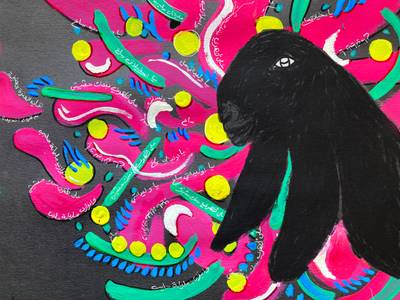

Accused of being “shrewd, rogue, ill-mannered and undisciplined”, the black goat was constantly abducted and killed to prevent it from distorting the European landscape that Israel wished to create on the rubbles of the destroyed Palestinian one. In 1948, the year of the Nakba, Israel began importing a white Swiss goat to replace the black one. The white European goat was described as “polite, beautiful, healthy” and even “civilized”.
READApproaches to Palestinian Liberation: Magical Realism as Resistance Literature
Can literary magical realism be considered a type of resistance literature in the Palestinian context? This essay argues that magical-realistic manifestations—death-defying ghosts, the black goat, soil with resurrection powers, and the malleability of time—found in contemporary Palestinian literature play a significant role in resisting the ongoing effects of the Nakba.
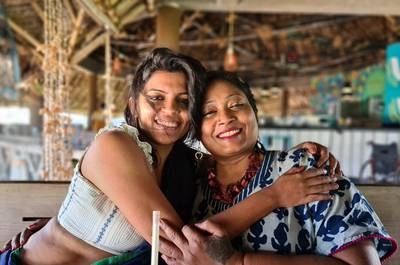

Dr. Aiswarya Rao on navigating hostile spaces for people-particularly women- with disabilities through the organization ‘Better World Shelter for Women with Disabilities’, building safe spaces, changing policies, and tying art into livelihood, fun, and friendship.
READBlending Art, Friendship & Advocacy: A Conversation With Dr. Aiswarya Rao
Dr. Aiswarya Rao on navigating hostile spaces for people-particularly women- with disabilities through the organization ‘Better World Shelter for Women with Disabilities’, building safe spaces, changing policies, and tying art into livelihood, fun, and friendship.
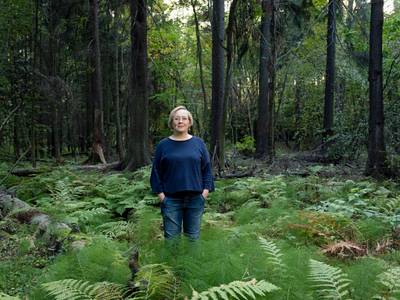

Maija Blåfield on misunderstanding and perception; her complex relationship with photography; embracing the unexpected while working with documentary subjects; and revealing the magic behind the ordinary in moments created by the texts and photographs.
READContact Reality: A Conversation with Maija Blåfield
Maija Blåfield on misunderstanding and perception; her complex relationship with photography; embracing the unexpected while working with documentary subjects; and revealing the magic behind the ordinary in moments created by the texts and photographs.
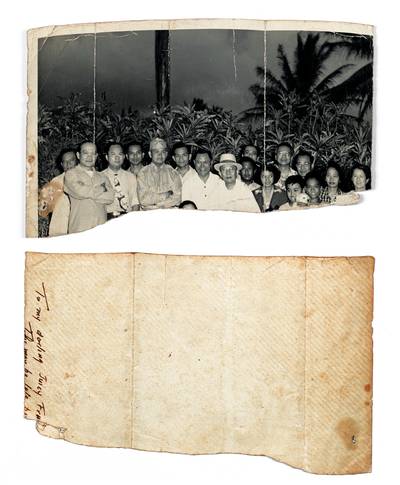

The diversity of the Filipino diasporic experience is often left unaddressed and conveniently reduced to give way to a cohesive idea of identity. How do we go back? And should we do that at all?
READA Displacement, a Discomfort, a Translocation
The diversity of the Filipino diasporic experience is often left unaddressed and conveniently reduced to give way to a cohesive idea of identity. The importance of return is shaped by the multiple forms of the diaspora. How do we go back? And should we do that at all?
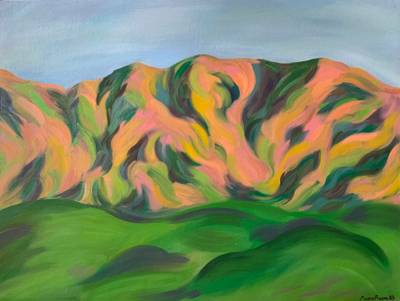

READWe hugged each other tightly and quickly let go. With no hope of seeing each other we cried, “Hope to see you soon.”A Journey to Kandahar
Two poems by Elyas Alavi
